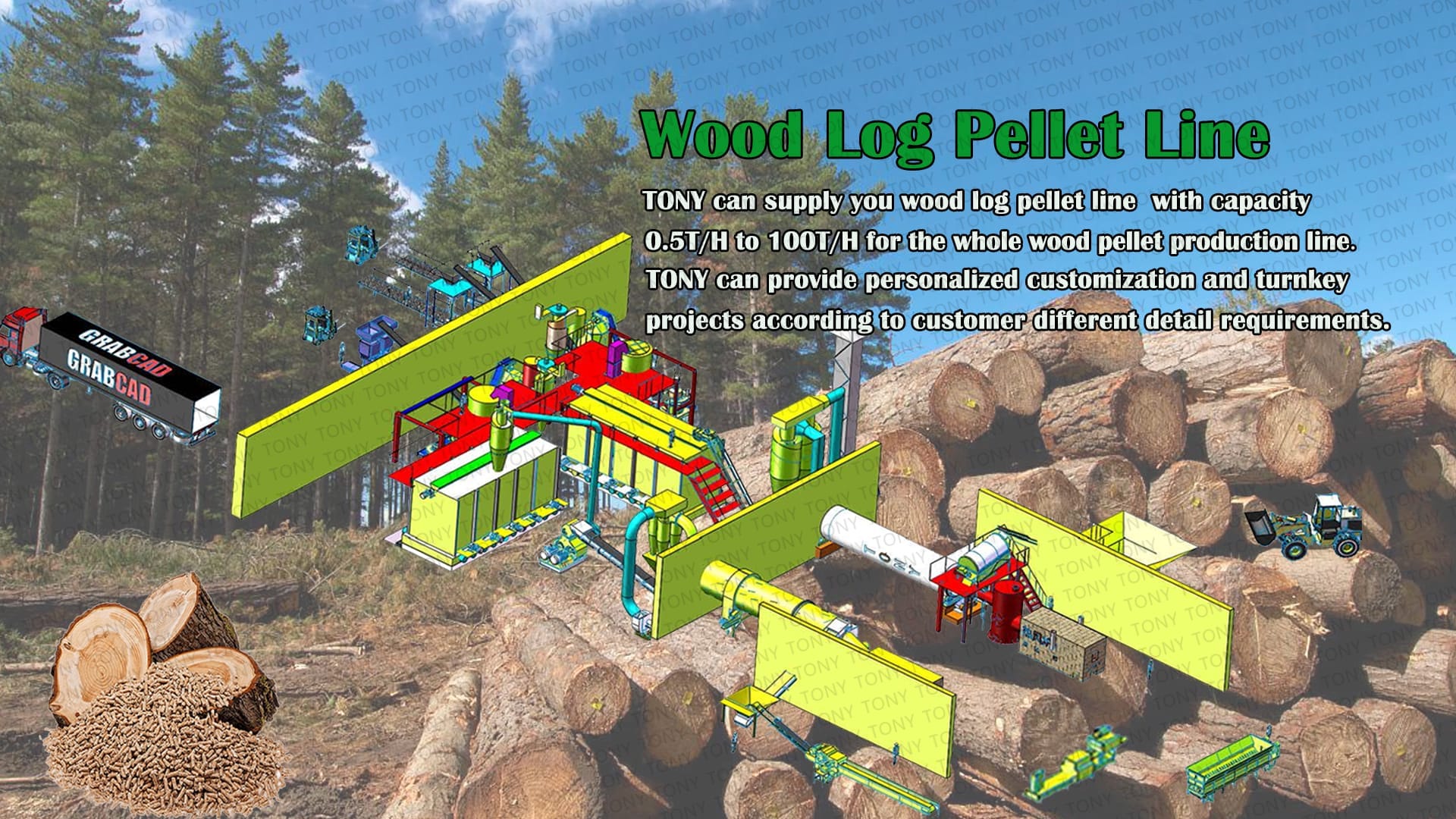Investing in a pellet plant involves several steps, generally three: the initial preparation phase, the mid-term equipment inspection phase, and the final production and sales phase. I will explain these three phases in detail below.
Step 1: Preparation Phase
1.Raw Materials.
Adequate raw materials are crucial for this industry. Some people think that since there are plenty of raw materials around, there's no need to investigate. This is a complete mistake. Not only should you investigate, but you should also focus on the following: raw material type, size, moisture content, and quantity.
In fact, there are many raw materials that can be used to make biomass pellets, including corn stalks, sawdust, bamboo shavings, rice husks, furniture factory scraps, and building formwork. It's generally recommended to collect sawdust, as straw-based raw materials are more difficult to profit from.
Adequate raw materials are crucial for this industry. Some people think that since there are plenty of raw materials around, there's no need to investigate. This is a complete mistake. Not only should you investigate, but you should also focus on the following: raw material type, size, moisture content, and quantity.
2. Plant and transformer.
These two hardware facilities are essential. Transformers are particularly important. Biomass energy is energy-intensive. A small pellet machine consumes 55 kW. Adding other equipment, a production line with a capacity of 1 ton per hour requires at least an 80 kVA transformer.
3. Investment Budget.
First, let me be clear: the barrier to entry in this industry is quite high, requiring a minimum investment of over 100,000 yuan. Trying to get a complete system for under 100,000 yuan is simply impossible. Some small manufacturers quote prices of 50,000 to 60,000 yuan, which is definitely a scam. Don't be fooled!

Step 2: Equipment Inspection
If you have all three of the aforementioned elements—raw materials, factory space, transformers, and budget—prepared, you can choose a manufacturer and inspect the equipment. Here are some key points:
1.Choose a reliable manufacturer.
Shop around and make sure to conduct an on-site inspection to verify the manufacturer's production capacity and after-sales service. Don't blindly rely on online claims. If necessary, bring your materials for a trial run.
2. Choose equipment based on the material.
You need to determine the moisture content, size, and desired output of the raw materials, acting according to your actual situation.
3. Design a solution.
Each manufacturer will provide a comprehensive plan based on your site size and the equipment you need. Consider choosing from several manufacturers and comparing them frequently.
4. Don't be tempted by cheap prices and end up losing out.
Choose equipment with high quality and excellent service. Otherwise, unstable operation can lead to significant losses later on!
Step 3: Production and Sales
1. Select a biomass pellet machine manufacturer. After ordering the equipment, we'll have a professional after-sales technician visit you to provide on-site guidance on installation and commissioning, as well as training on machine operation. Learning the equipment well leads to successful operation, ensuring high yields and trouble-free production.
2. Pellets are consumed locally, so research the local pellet market. These pellets are commonly used by coal-fired enterprises, power plants, garment factories, and other industries.





















